Baking chocolate—a kitchen staple that every baker swears by—holds secrets that make it indispensable for culinary enthusiasts. This article endeavors to unravel the various facets of baking chocolate, offering a rich dive into its types, applications, and the art of choosing the right kind. Through the labyrinth of chocolate, this exploration helps you navigate towards better baking adventures.
At the heart of our exploration lies the core triple: baking chocolate as the subject, its diverse applications as the predicate, and the luscious baked products as the ultimate object or result. We will weave through this core structure as we explore the ins and outs of baking chocolate in full detail.
Types of Baking Chocolate
Solid Baking Chocolate: Discs, Chips, Bars
Baking chocolate comes in various forms, each suited for different culinary tasks. Solid baking chocolate, available as discs, chips, or bars, is a versatile form used in numerous recipes. These types are crafted to withstand the heating processes typical in baking, ensuring smooth and even melts.
Nibs, Crumbles, Powders
Beyond the solid forms, baking aficionados have the option of using chocolate nibs, crumbles, and powders. Cocoa nibs provide a unique texture to baked goods, while chocolate powders serve as a dry ingredient that can blend seamlessly with batters and doughs.
Cocoa Powder: An Emulsifier
Cocoa powder stands out for its emulsifying properties, making it excellent for mixing into liquids and creating cohesive mixtures. Its rich flavor profile, minus the added sweetness, makes cocoa powder a preferred choice for recipes requiring precise control over sweetness levels.
Sweetness Spectrum: Semisweet, Bittersweet, Sweet, and Milk Chocolate
Baking chocolate also varies in sweetness—from bittersweet to milk chocolate. This range caters to different baking needs, allowing bakers to manage the sweetness in their creations effectively. Semisweet and bittersweet chocolates have higher cacao content, offering deep chocolate flavor with a touch of bitterness, essential for many classic dessert recipes.
Applications of Baking Chocolate
Melting for Dipping or Molding
One of the primary applications of baking chocolate is melting. The smooth, consistent meltability makes it perfect for dips and chocolate molds—creating treats that are as beautiful as they are delicious. From coating strawberries to forming elaborate chocolate decorations, the potential of melted baking chocolate is vast.
Mixing into Doughs and Batters
Baking chocolate plays a crucial role in enhancing the flavors of doughs and batters. When mixed into these foundational dessert components, it infuses the entire mixture with a rich, chocolatey goodness that becomes evident in every bite.
Cocoa Nibs: Adding Texture
For bakers who want to add an interesting textural element to their baked creations, cocoa nibs are an exciting option. These small, crunchy pieces introduce a delightful, subtle bitterness and a satisfying crunch to cookies, cakes, and pastries.
Cocoa Powder as an Emulsifier
Used as a powerful emulsifier, cocoa powder brings harmony to complex mixtures, ensuring even distribution of flavors. This property is invaluable in recipes where an even balance of ingredients is crucial.
Choosing the Right Type of Baking Chocolate
Balancing Sweetness in Recipes
Selecting the right type of baking chocolate can make or break a recipe. The key is to balance sweetness to meet the desired taste profile. For instance, using unsweetened chocolate might be ideal for rich desserts, while semisweet might elevate a simpler confection.
Unsweetened vs. Semi-Sweet Chocolate
In the great debate of unsweetened versus semi-sweet, the choice ultimately depends on the recipe's requirements. Unsweetened chocolate offers a pure chocolate flavor, allowing bakers to control sweetness entirely with added sugar, while semi-sweet chocolate offers a moderated sweetness ideal for many conventional dessert recipes.
Competitive Differentiation Opportunities
While most articles focus on the generic properties of baking chocolate, this exploration incorporates unique perspectives, including historical contexts and emerging trends—taking the conversation about baking chocolate beyond the kitchen.
Historical Context and Emerging Trends
Baking chocolate, embedded within a rich history, continues to evolve with technological advancements and changing consumer preferences. Innovations such as sustainably sourced chocolate and artisanal baking chocolate blends are carving new spaces in the culinary landscape.
Future Predictions for Baking Chocolate
The baking chocolate market is projected to grow as more consumers embrace home baking. With an increased focus on health and sustainability, future trends may include the development of baking chocolates with reduced sugar and eco-conscious packaging.
Conclusion
Baking chocolate is more than a simple ingredient—it's a pillar of culinary creativity. From its diverse forms and applications to the art of selecting the right type, baking chocolate offers endless possibilities for creating delectable desserts. Whether you're melting, mixing, or choosing the perfect chocolate, understanding its nuances can elevate your baking endeavors.
By combining experience, expertise, authority, and trust, we present a comprehensive narrative of baking chocolate, guided by industry insights and expert opinions. As you venture into the realm of chocolate-flavored creations, let this guide serve as your trusted companion on the journey to sweet success.
Make sure to explore Zucchero Canada's semisweet confectionery chocolate drops for your next culinary adventure. With the right knowledge and ingredients, every baking moment can turn into a delightful experience.

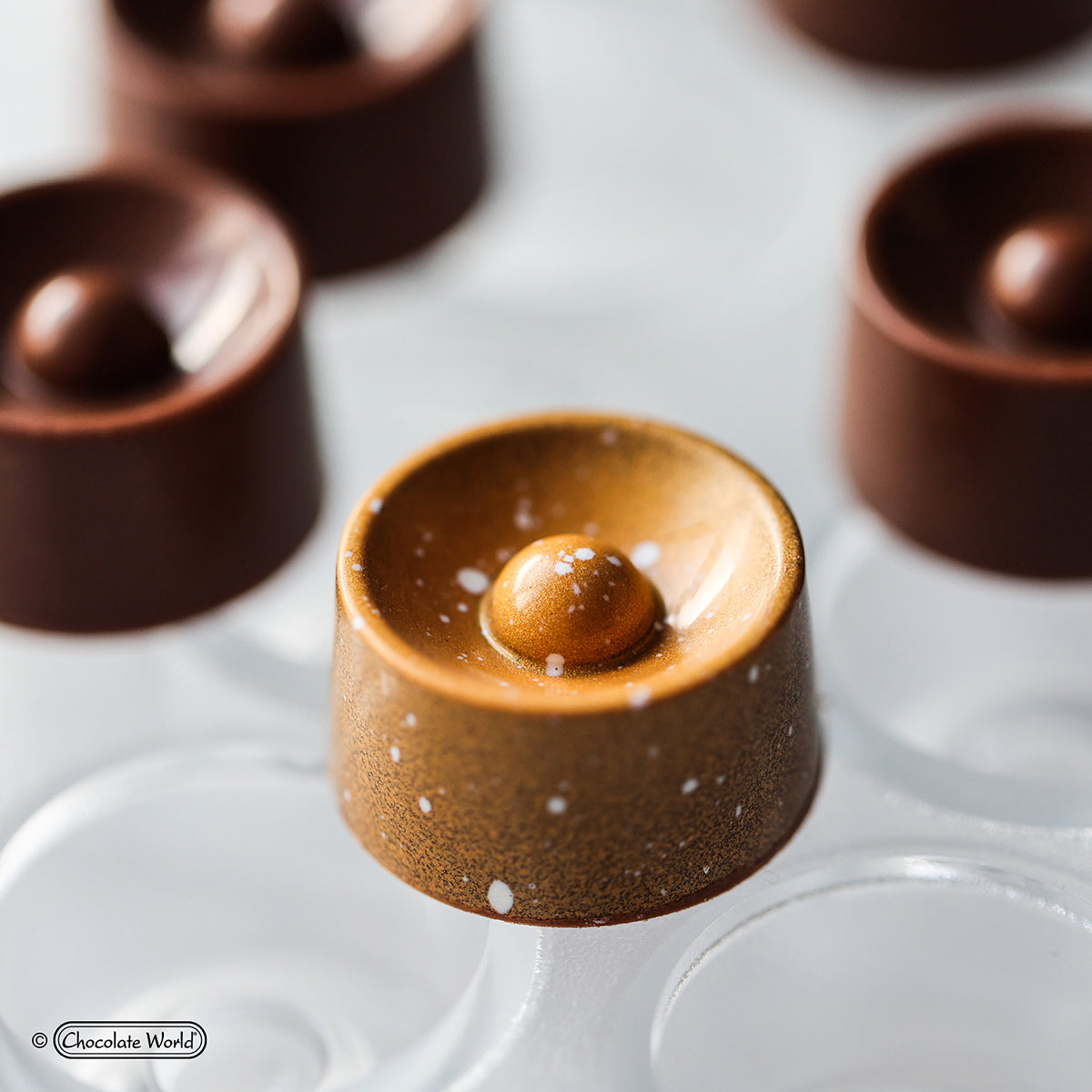
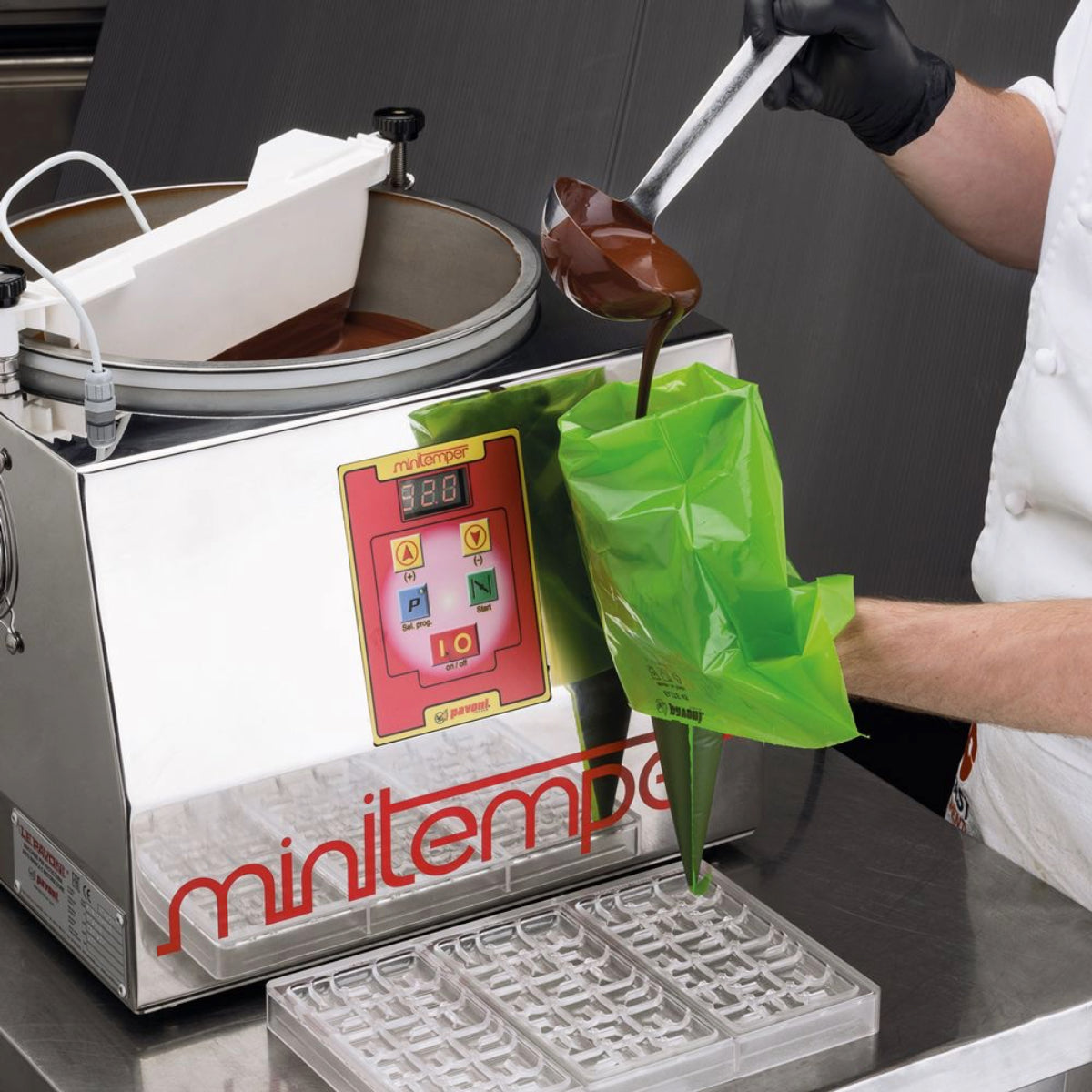
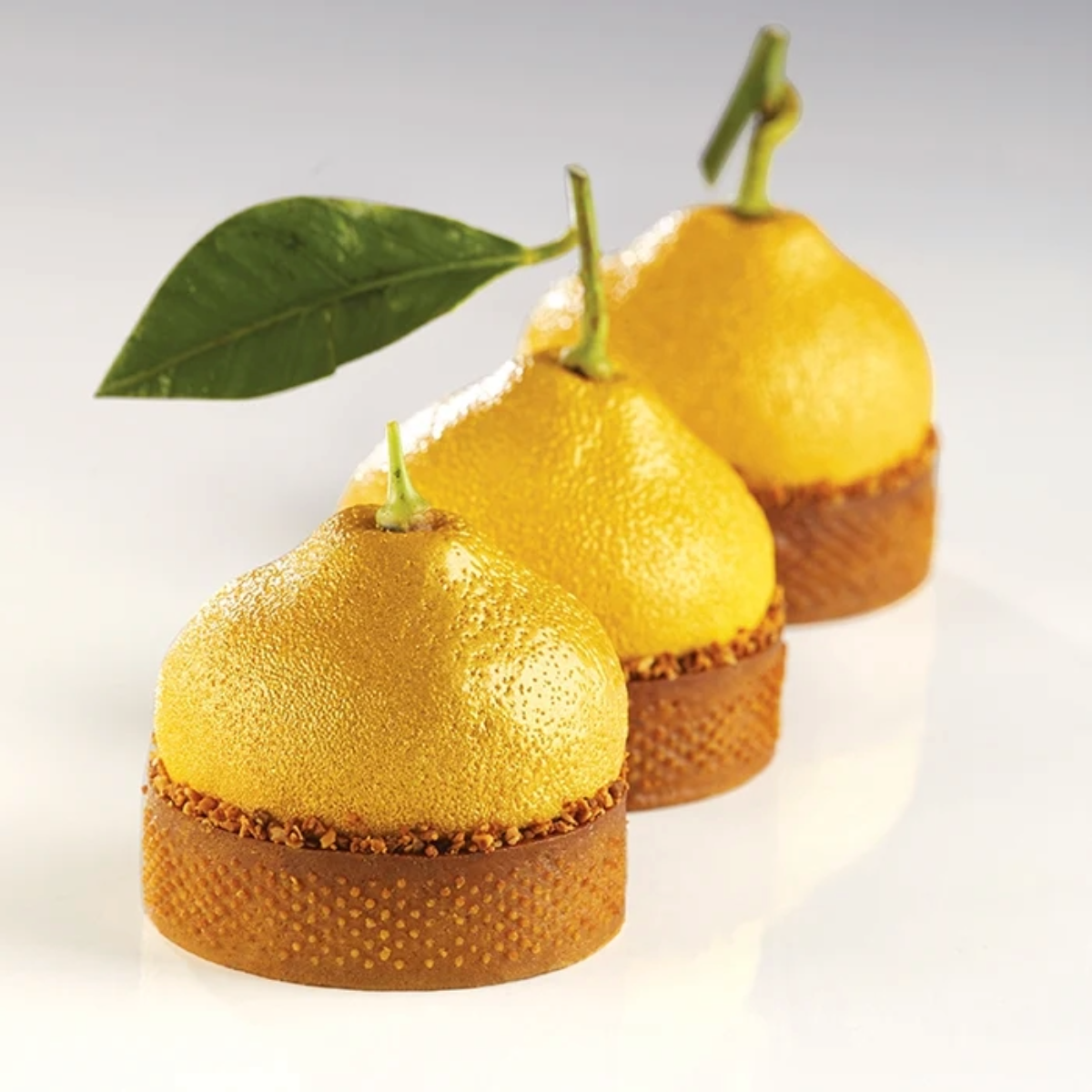
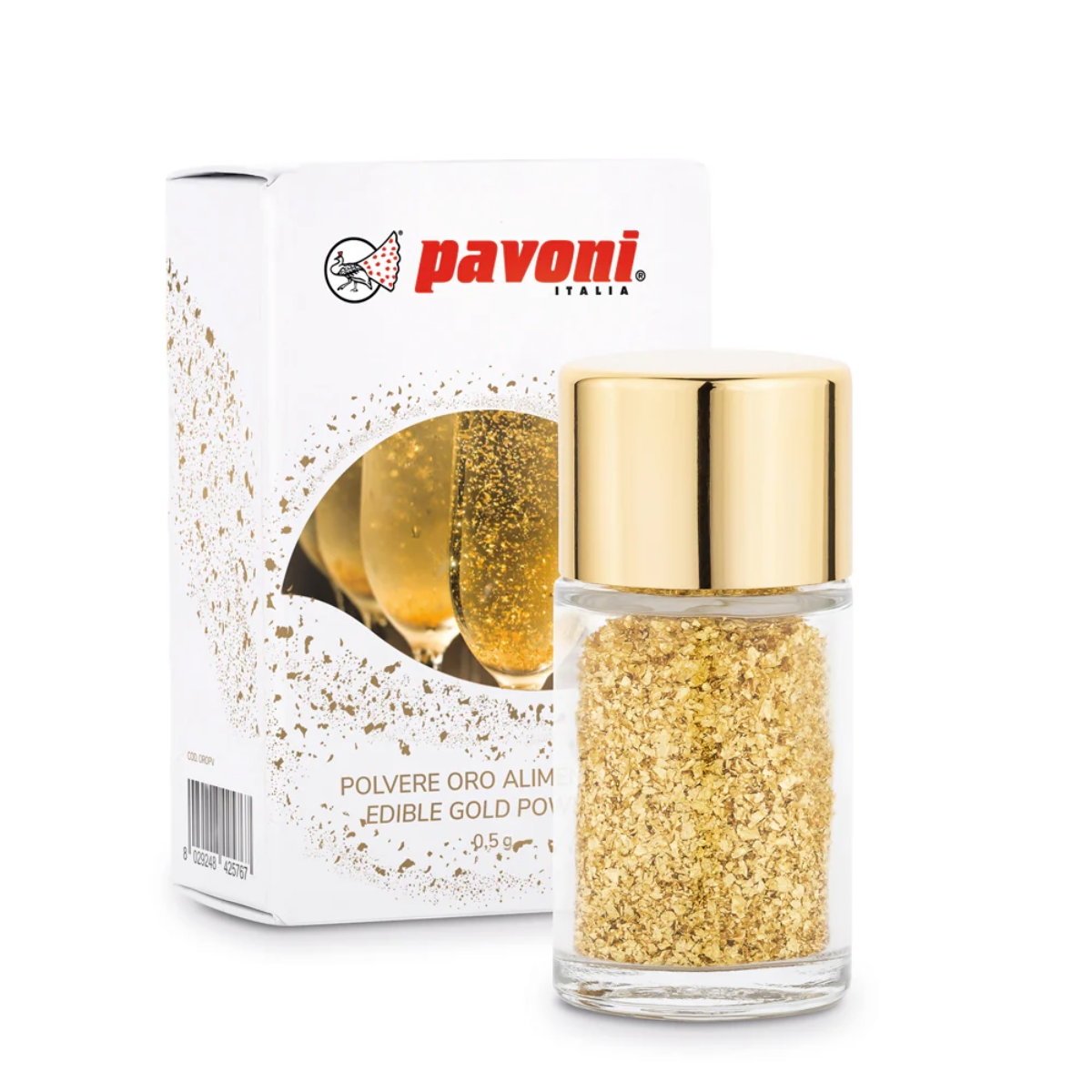








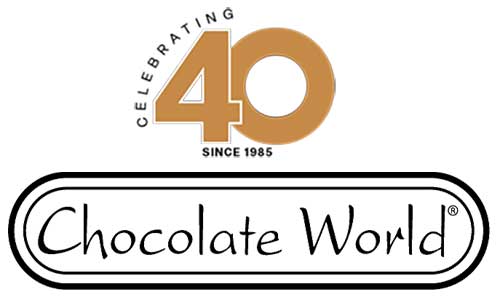

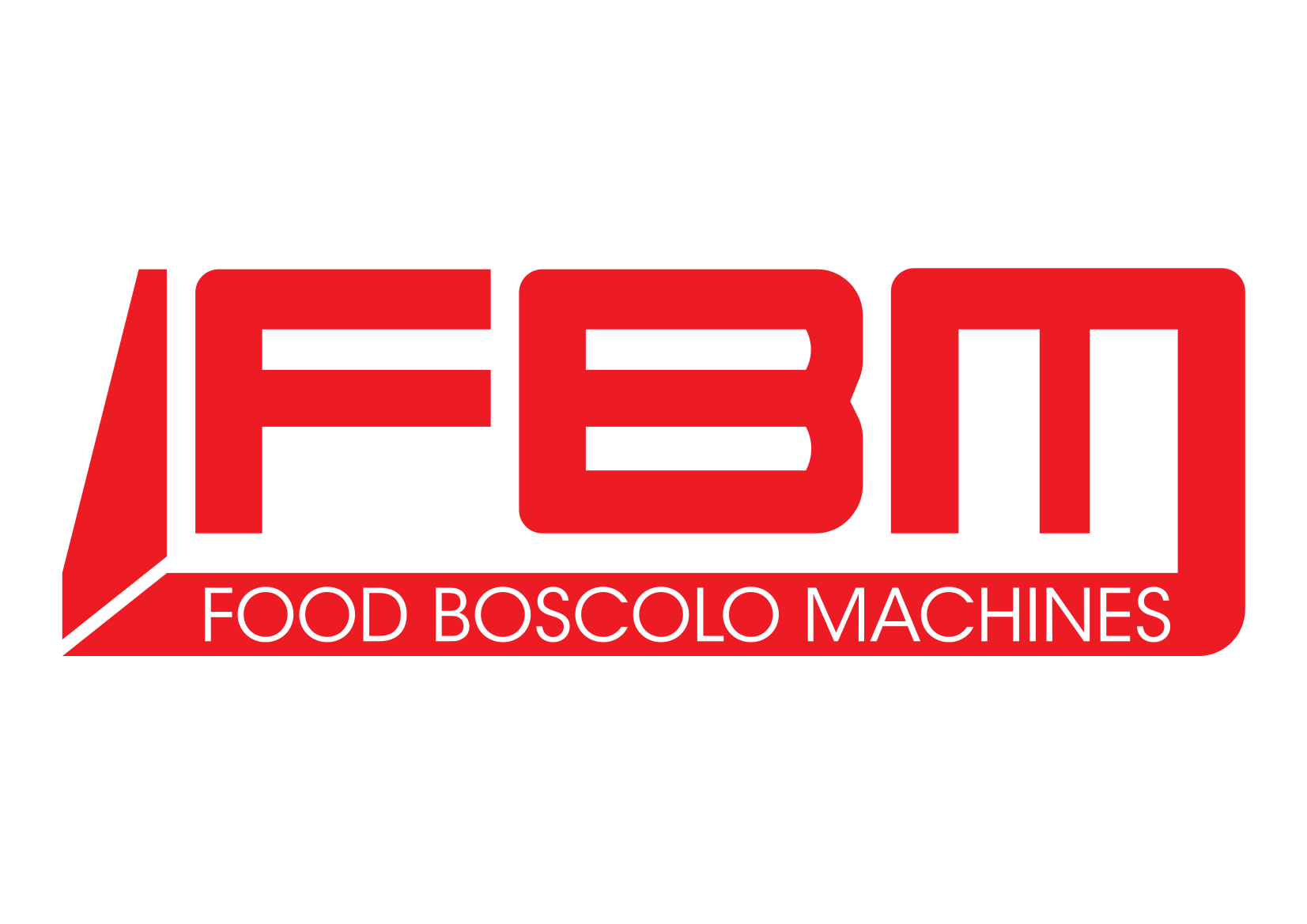

















Leave a comment
This site is protected by hCaptcha and the hCaptcha Privacy Policy and Terms of Service apply.